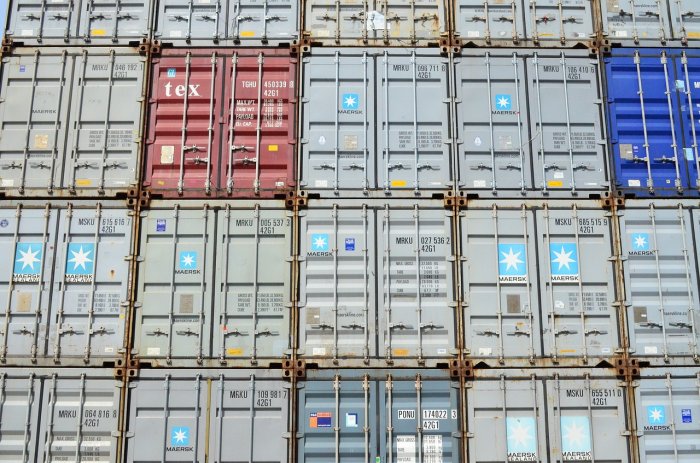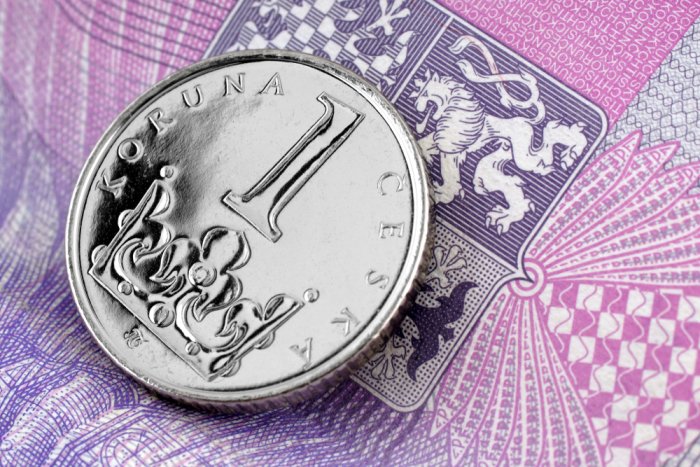Trade surplus at EUR 301 mln in March

Image by Pixabay
In March 2020, the volume of exports was down by 5.6% and that of imports by 1% compared to the same period of the previous year, resulting in a trade surplus of EUR 301 million, down EUR 343 mln year-on-year, according to a second reading of data by the Central Statistical Office (KSH).
Image by Pixabay
The surplus was EUR 135 mln less than what was published in KSHʼs first estimate.
In March 2020, the value of exports amounted to EUR 9 billion and that of imports to EUR 8.7 bln. Compared to a year earlier, the value of exports decreased by 7.5% and that of imports by 4.2% in EUR terms.
The forint price level of external trade in goods increased by 4.8% in imports and by 6.4% in exports compared to the same month of the previous year. The terms of trade improved by 1.5%. The forint exchange rate weakened by 9.3% against the euro and by 12% against the dollar.
Calculated at prices in March 2019, the exports of machinery and transport equipment were reduced by 10% and their imports by 7.3%.
The imports of road vehicles fell by one-tenth and their exports by nearly one-fifth compared to the corresponding period of the previous year. The reduction on both sides was consistent with changes in trade in passenger cars primarily, in addition, road tractors in imports and parts of motor vehicles in exports.
The exports of telecommunications and sound recording and reproducing apparatus and equipment were down by more than one-tenth, while their imports slightly rose. The changes in trade on both sides were due to changes in trade in line telephone sets and telegraphic apparatus and their parts, besides, the growth in imports resulted from changes in trade in parts of radio wave equipment and the decrease on the export side from changes in trade in TV sets.
The imports of power generating machinery and equipment were nearly one-tenth and their exports nearly one-fifth lower compared to the corresponding period last year, which was due to changes in trade in diesel engines and the parts of internal combustion engines in both exports and imports, in addition, petrol engines in exports.
The imports of machinery specialized for particular industries declined by nearly one-sixth and its exports by nearly one-tenth, which was in the case of both sides owing to changes in trade in non-electrical machines and apparatus, having individual functions.
The exports of electrical machinery, apparatus and appliances, n.e.s., increased slightly and their imports by nearly one-tenth, however, none of these growths in trade offset the combined decrease recorded for road vehicles and power generating machinery and equipment.
KSH says that the effect of factory shutdowns caused by the coronavirus epidemic can already be observed in the volume decrease in trade in machinery and transport equipment.
The export volume of manufactured goods became 0.8% lower, while their imports 9.2% higher. The significant trade in medicines and pharmaceutical products caused by the COVID-19 epidemic greatly contributed to the volume increase in the imports of this commodity group, KSH argues.
The export volume of fuels and electric energy fell by 0.2% and their import volume by 19%, which can be explained by changes in trade in petroleum and petroleum products in the case of both sides, in addition, natural and manufactured gas in imports and electricity in exports.
The decline in global demand also contributed to the reduction in the imports of fuels and electric energy, in both volume and value terms.
The volume of exports of food, beverages, and tobacco grew by 9.3% and the volume of their imports by 13%. The increase resulted from changes in trade in vegetables and fruits in both exports and imports, in addition, meat and meat preparations in imports and cereals and cereal preparations in exports. The effect of the COVID-19 epidemic led to an increase in the volume of food, due to the higher demand.
Exports to EU down 7.4%
The volume of exports to EU-27 Member States decreased by 7.4%, while that of imports from there was unchanged. The surplus on external trade in goods lessened by EUR 515 mln and amounted to EUR 456 mln. These countries accounted for 76% of exports and 74% of imports.
In extra-EU-27 trade, the volume of exports rose by 0.8%, while that of imports decreased by 3.4%. The balance of external trade in goods with this group of countries improved by EUR 173 mln and showed a deficit of EUR 154 mln.
In the first three months of 2020, the value of exports amounted to EUR 27.7 bln and that of imports to EUR 25.9 bln.
Compared to the same period of 2019, the volume of exports rose by 0.9% and that of imports by 2% in January-March 2020. The surplus on the balance of external trade in goods increased by EUR 52 mln and amounted to EUR 1.9 bln. The forint price level of external trade in goods was up by 3.6% in imports and by 5.1% in exports compared to the same period of the previous year. The terms of trade improved by 1.4%. The forint depreciated by 6.6% against the euro and by 9.8% against the dollar.
SUPPORT THE BUDAPEST BUSINESS JOURNAL
Producing journalism that is worthy of the name is a costly business. For 27 years, the publishers, editors and reporters of the Budapest Business Journal have striven to bring you business news that works, information that you can trust, that is factual, accurate and presented without fear or favor.
Newspaper organizations across the globe have struggled to find a business model that allows them to continue to excel, without compromising their ability to perform. Most recently, some have experimented with the idea of involving their most important stakeholders, their readers.
We would like to offer that same opportunity to our readers. We would like to invite you to help us deliver the quality business journalism you require. Hit our Support the BBJ button and you can choose the how much and how often you send us your contributions.









